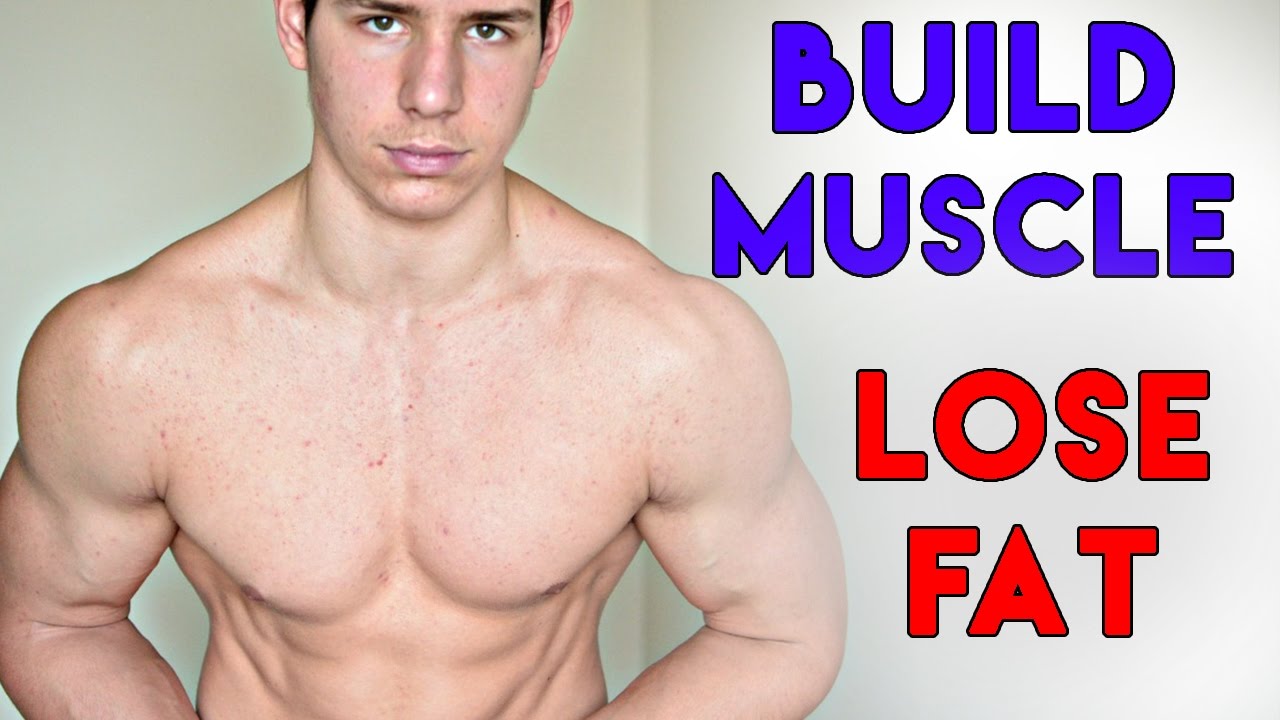Best workout plan for building strength and losing weight simultaneously? Sounds like a superhero origin story, right? Forget the cape, though – this plan is all about sculpting a leaner, stronger you. We’re diving deep into the science of simultaneously building muscle and shedding fat, debunking myths, and giving you a 12-week roadmap to success. Prepare for sweat, maybe a few tears of joy (or frustration, we won’t judge!), and a body transformation that’ll make your friends ask, “What’s your secret?”
This isn’t some magic bullet; it’s a carefully crafted blend of strength training, strategic cardio, and a nutrition plan that’ll fuel your gains and keep your cravings at bay. We’ll cover everything from choosing the right exercises to mastering proper form (squats, we’re looking at you!), ensuring you get the most out of each workout while avoiding injury. Get ready to unleash your inner athlete!
Understanding the Fundamentals of Strength Training and Weight Loss
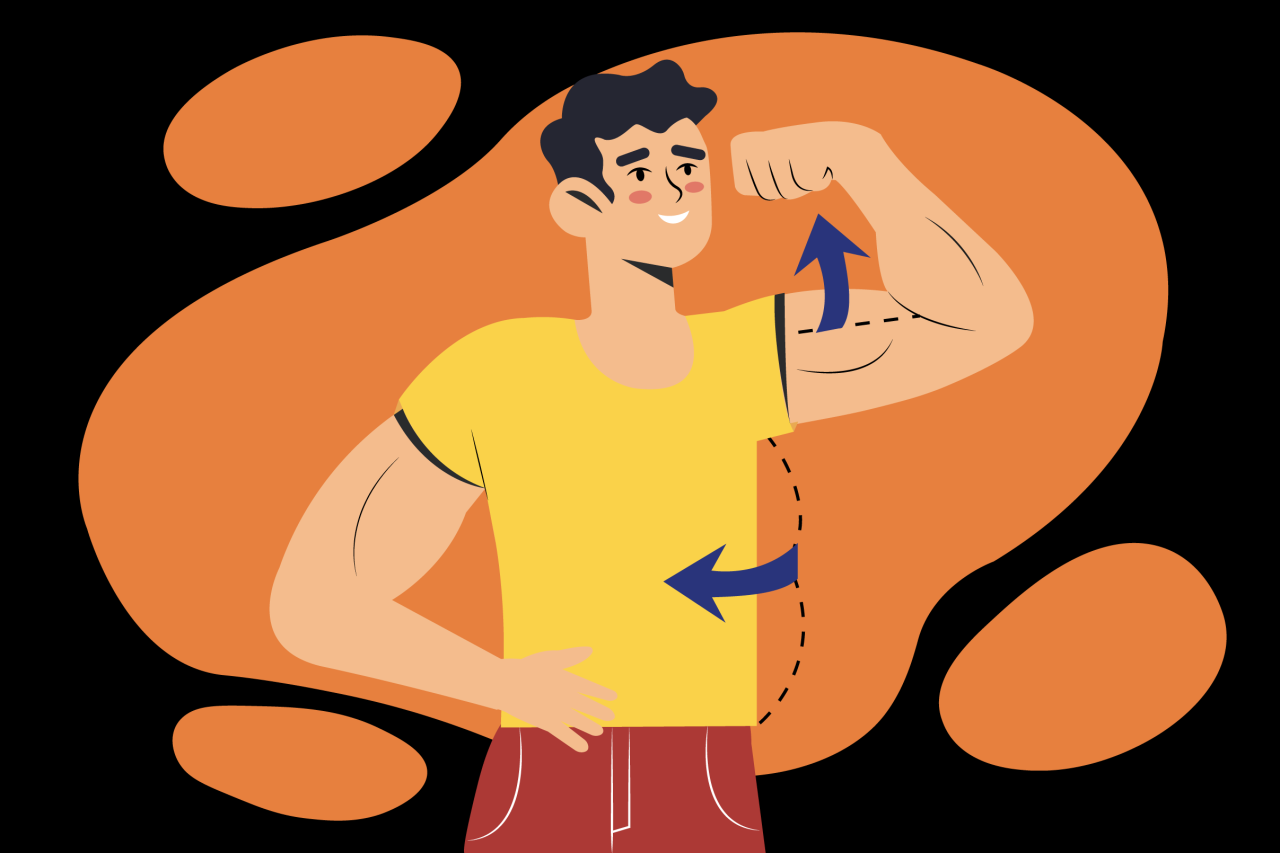
So, you want to sculpt a physique that would make Michelangelo weep with envy while simultaneously shedding those extra pounds? Ambitious, yes, but entirely achievable! The key lies in understanding the beautiful synergy between strength training and weight loss. It’s not a case of choosing one over the other; it’s about harnessing the power of both to create a lean, mean, muscle-building machine.The physiological dance between muscle growth and fat loss is surprisingly elegant.
When you lift weights, you create microscopic tears in your muscle fibers. Your body, in its infinite wisdom (and slightly masochistic way), responds by repairing these tears, making the muscles bigger and stronger. This process, known as muscle protein synthesis, requires energy – energy that your body gleans from, you guessed it, stored fat. Simultaneously, increased muscle mass boosts your metabolism, meaning you burn more calories even at rest.
It’s like having a tiny, tireless furnace constantly working in your background.
Browse the implementation of highly effective weight training program for building lean muscle in real-world situations to understand its applications.
The Crucial Role of Nutrition
Proper nutrition isn’t just a supporting player in this fitness drama; it’s the star without whom the show simply wouldn’t go on. Think of your body as a high-performance sports car: you can’t expect it to run smoothly on low-grade fuel. To build muscle effectively, you need sufficient protein to fuel muscle protein synthesis. Aim for a protein intake of around 1.6-2.2 grams per kilogram of body weight.
Explore the different advantages of Pertandingan sengit that can change the way you view this issue.
This isn’t a license to gorge on protein bars; focus on lean sources like chicken, fish, beans, and lentils. Carbohydrates provide the energy for your workouts, and healthy fats support hormone production and overall health. Remember, it’s a balanced diet, not a restrictive one, that fuels your progress. Depriving yourself will only lead to burnout and hinder your results.
Think of it as providing your body with the high-octane fuel it needs to perform at its peak.
Comparing Training Methodologies
Several training methodologies can effectively combine strength building and weight loss, each with its own strengths and quirks.High-Intensity Interval Training (HIIT) involves short bursts of intense exercise followed by brief recovery periods. HIIT is incredibly efficient for burning calories and improving cardiovascular fitness. However, it might not be as effective for building significant muscle mass compared to dedicated strength training.
Imagine sprinting for 30 seconds, then resting for 30 – repeat this cycle several times. It’s a fantastic calorie burner, but it’s less about building bulky biceps and more about improving overall fitness.Strength training, on the other hand, focuses on progressively overloading your muscles by increasing weight, reps, or sets over time. This method is ideal for building muscle mass and strength.
Think of compound exercises like squats, deadlifts, and bench presses, which work multiple muscle groups simultaneously. While it might not burn as many calories during the workout itself as HIIT, the increased muscle mass leads to a higher resting metabolic rate, resulting in more calories burned throughout the day.A balanced approach often yields the best results. Combining strength training with HIIT or other forms of cardiovascular exercise provides a holistic approach that maximizes both muscle growth and fat loss.
Think of it as the best of both worlds: the muscle-building power of strength training coupled with the calorie-torching efficiency of HIIT. This combination keeps things interesting and prevents plateaus. It’s like having your cake and eating it too – but the cake is healthy, and you’re only eating a reasonable slice.
Designing a Workout Plan
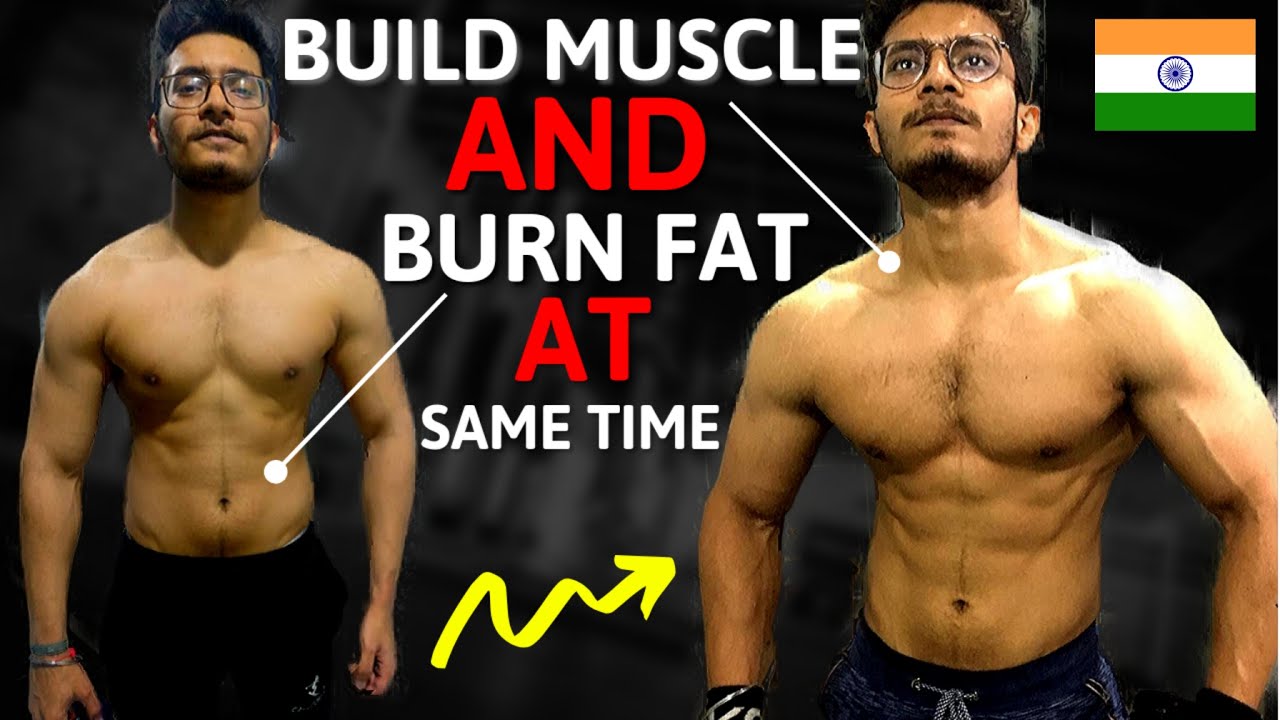
Crafting the perfect workout plan for simultaneous strength building and weight loss is like baking the perfect cake – you need the right ingredients (exercises), the right measurements (sets and reps), and the right baking time (consistency). Too much of one thing, and your cake (or physique) will be a disaster. Too little, and it’ll be… well, underwhelming. Let’s get baking!
This involves carefully selecting exercises, determining appropriate sets and reps, and scheduling workouts to ensure optimal progress while preventing burnout. Remember, consistency is key – even the most amazing workout plan is useless if you don’t stick to it!
A 12-Week Sample Workout Plan, Best workout plan for building strength and losing weight simultaneously
This plan combines strength training and cardio for a well-rounded approach. Remember to listen to your body and adjust as needed. Rest days are crucial for muscle recovery and preventing injury. Consider consulting a healthcare professional or certified personal trainer before starting any new workout routine.
Expand your understanding about best full body strength training program for beginners with the sources we offer.
| Day | Exercise | Sets | Reps |
|---|---|---|---|
| Monday | Squats | 3 | 8-12 |
| Monday | Bench Press | 3 | 8-12 |
| Monday | Bent-Over Rows | 3 | 8-12 |
| Monday | 30-minute brisk walk/jog | 1 | – |
| Tuesday | Rest or Active Recovery (light cardio like swimming or cycling) | – | – |
| Wednesday | Deadlifts | 1 | 5 |
| Wednesday | Overhead Press | 3 | 8-12 |
| Wednesday | Pull-ups (or lat pulldowns) | 3 | As many reps as possible (AMRAP) |
| Wednesday | 30-minute cycling | 1 | – |
| Thursday | Rest or Active Recovery | – | – |
| Friday | Repeat Monday’s workout | – | – |
| Saturday | Rest or Active Recovery | – | – |
| Sunday | Rest or Active Recovery | – | – |
Weeks 5-8: Increase weight/resistance. Weeks 9-12: Continue increasing weight/resistance or increase reps.
A Beginner-Friendly Compound Exercise Routine
This routine focuses on compound exercises, which work multiple muscle groups simultaneously, maximizing calorie burn and strength gains. It’s perfect for beginners looking to build a solid foundation.
- Squats: 3 sets of 8-12 reps. Imagine you’re sitting down in an invisible chair.
- Push-ups: 3 sets of as many reps as possible (AMRAP). Modify on your knees if needed.
- Rows (using dumbbells or resistance bands): 3 sets of 8-12 reps. Squeeze your shoulder blades together at the top.
- Lunges: 3 sets of 10-12 reps per leg. Keep your front knee behind your toes.
- Plank: 3 sets, hold for 30-60 seconds. Engage your core!
Progressive Overload for Weight Loss
Progressive overload is the secret sauce to continuous improvement. It simply means gradually increasing the demands placed on your muscles over time. This could involve increasing weight, reps, sets, or even the difficulty of the exercise. Think of it like this: if you always lift the same weight, your muscles will eventually plateau. Progressive overload keeps them guessing, forcing them to adapt and grow stronger – and in turn, helping you burn more calories.
“The body adapts to the stress placed upon it. To continue improving, you must continually challenge yourself.”
Obtain a comprehensive document about the application of weight training program for increasing muscle mass and definition that is effective.
For example, if you can comfortably do 3 sets of 10 reps of squats with a 20kg barbell, next week you might try 3 sets of 12 reps, or increase the weight to 22.5kg, or both! The key is small, incremental increases to avoid injury and maintain motivation.
Nutrition for Strength and Weight Loss
Fueling your body for both strength gains and weight loss requires a strategic approach that goes beyond simply eating less. Think of it like this: you wouldn’t try to build a skyscraper with only twigs, would you? Similarly, your body needs the right building blocks (nutrients) to build muscle and simultaneously shed unwanted fat. This involves a balanced intake of protein, carbohydrates, and fats, carefully calibrated to your individual needs and activity levels.
The key is finding the sweet spot – enough fuel to power intense workouts and support muscle growth, but not so much that it leads to excess calorie storage. This isn’t about deprivation; it’s about making informed choices that optimize your body’s composition.
Macronutrient Roles in Strength and Weight Loss
Understanding the roles of protein, carbohydrates, and fats is crucial. Each macronutrient plays a vital role in achieving both strength gains and weight loss. Let’s break it down:
Protein: The undisputed king of muscle building. Protein provides the amino acids your body needs to repair and build muscle tissue after intense workouts. Aim for a higher protein intake than you might normally consume to support muscle growth while preserving lean mass during weight loss. Think of protein as the bricks in our skyscraper analogy.
Carbohydrates: These are your body’s primary source of energy. While often demonized in weight loss plans, complex carbohydrates (think whole grains, fruits, vegetables) provide sustained energy for workouts and prevent muscle loss. Restricting carbs too drastically can lead to fatigue and hinder your progress. Consider carbs as the construction workers—they provide the energy needed for building.
Fats: Essential for hormone production, nutrient absorption, and overall health. Choose healthy fats like avocados, nuts, seeds, and olive oil. These fats support various bodily functions and help keep you feeling satiated, preventing overeating.
Sample Meal Plan
This is a sample meal plan; individual needs vary based on factors like activity level, body composition, and individual metabolic rate. Consult a registered dietitian or nutritionist for personalized guidance.
| Meal Time | Food | Serving Size | Macronutrient Breakdown (Approximate) |
|---|---|---|---|
| Breakfast (7:00 AM) | Oatmeal with berries and nuts, Greek yogurt | 1 cup oatmeal, ½ cup berries, ¼ cup nuts, 1 cup yogurt | Protein: 30g, Carbs: 50g, Fat: 15g |
| Mid-Morning Snack (10:00 AM) | Apple slices with almond butter | 1 medium apple, 2 tablespoons almond butter | Protein: 7g, Carbs: 25g, Fat: 12g |
| Lunch (1:00 PM) | Grilled chicken salad with mixed greens, avocado, and a light vinaigrette | 4oz grilled chicken, 2 cups mixed greens, ½ avocado | Protein: 40g, Carbs: 20g, Fat: 20g |
| Afternoon Snack (4:00 PM) | Protein shake with whey protein powder and banana | 1 scoop whey protein, 1 banana | Protein: 30g, Carbs: 30g, Fat: 5g |
| Dinner (7:00 PM) | Salmon with roasted vegetables (broccoli, sweet potatoes) | 4oz salmon, 1 cup roasted vegetables | Protein: 35g, Carbs: 40g, Fat: 25g |
Common Nutritional Mistakes
Avoiding these pitfalls will significantly improve your chances of success:
1. Crash Dieting: Severely restricting calories leads to muscle loss, metabolic slowdown, and increased cravings, ultimately hindering your progress. Sustainable weight loss is a marathon, not a sprint.
2. Neglecting Protein Intake: Insufficient protein intake compromises muscle growth and can lead to muscle loss during weight loss.
3. Ignoring Micronutrients: Focus on a variety of fruits, vegetables, and whole grains to ensure adequate intake of vitamins and minerals crucial for overall health and performance.
4. Overreliance on Processed Foods: These are often high in calories, unhealthy fats, and added sugars, hindering your progress.
5. Insufficient Hydration: Water is essential for nutrient transport, metabolic processes, and overall well-being. Dehydration can negatively impact your workouts and recovery.
Rest and Recovery
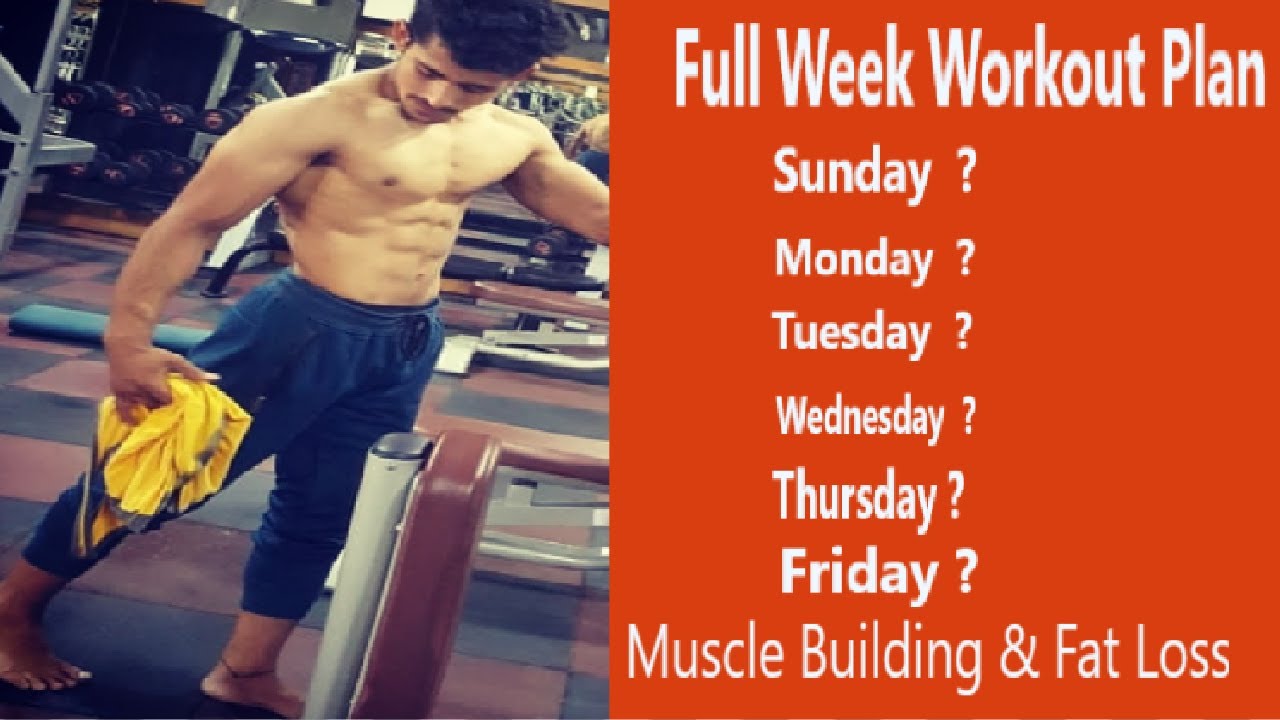
Think of your body like a finely tuned sports car – pushing it to the limit without proper maintenance will lead to a breakdown. Similarly, intense strength training and weight loss require adequate rest and recovery to optimize results and prevent injury. Ignoring this crucial element is like trying to win a marathon on fumes; you might get a little way, but you’ll ultimately crash and burn.Adequate sleep and rest are fundamental to muscle recovery and overall well-being.
During sleep, your body repairs and rebuilds muscle tissue, replenishes energy stores, and regulates hormones vital for growth and fat loss. Skimping on sleep significantly hinders these processes, leaving you feeling sluggish, increasing your risk of injury, and potentially sabotaging your fitness goals. Aim for 7-9 hours of quality sleep per night. Think of it as an essential part of your workout routine, not something to be squeezed in if time allows.
The Importance of Sleep for Muscle Recovery and Well-being
Insufficient sleep dramatically reduces the effectiveness of your workouts. Studies consistently show a link between sleep deprivation and reduced muscle protein synthesis – the process responsible for building muscle. Moreover, lack of sleep elevates cortisol levels (the stress hormone), which can promote fat storage and hinder muscle growth. Getting enough sleep, on the other hand, allows your body to efficiently utilize the nutrients you consume, maximizing muscle growth and fat loss.
Consider it a crucial ingredient in your fitness recipe – just as important as the protein powder or the vegetables.
Active Recovery’s Role in Injury Prevention and Faster Recovery
Active recovery isn’t about hitting the gym with the same intensity as your regular workouts. Instead, it involves engaging in low-impact activities that promote blood flow, reduce muscle soreness, and enhance recovery. Think leisurely walks, swimming, yoga, or cycling. These activities help flush out metabolic waste products that accumulate during intense training, reducing muscle stiffness and soreness. Imagine your muscles as sponges; active recovery helps squeeze out the excess water, leaving them refreshed and ready for the next challenge.
For example, after a grueling leg day, a gentle swim can significantly reduce post-workout stiffness and soreness, allowing you to recover faster and prevent potential injuries.
Stress Management and Burnout Prevention
Chronic stress can negatively impact your fitness journey in several ways. Elevated stress hormones can interfere with sleep, increase appetite, and hinder muscle growth. Furthermore, constant pressure can lead to burnout, making it difficult to stick to your workout plan and maintain a healthy diet. Effective stress management techniques are essential for long-term success. These could include mindfulness meditation, deep breathing exercises, spending time in nature, engaging in hobbies, or prioritizing social connections.
Think of stress management as the “cool-down” period after a hard workout for your mind – equally important as the physical recovery. Ignoring stress management can lead to a complete shutdown of your progress.
Monitoring Progress and Making Adjustments
So, you’ve embarked on this amazing journey of strength building and weight loss – congratulations! But the real adventure lies in tracking your progress and making smart adjustments along the way. Think of your workout plan and diet not as set in stone tablets, but as a living, breathing document that adapts to your evolving needs. Ignoring your progress is like navigating with a blindfold – you might stumble upon your goal, but it’ll be a much bumpier ride.Tracking your progress isn’t about obsessive weighing; it’s about gaining valuable insights into what’s working and what’s not.
This data empowers you to fine-tune your approach, maximizing your results and minimizing frustration. Regular monitoring allows you to celebrate your wins, adjust your strategy, and prevent plateaus before they even begin. It’s about making informed decisions based on your body’s unique response to your training and nutrition.
Methods for Tracking Progress
Regularly tracking your progress is crucial for understanding your body’s response to your fitness regimen. This information helps you make informed decisions and optimize your results. Several methods can be used, each offering a different perspective on your advancement.
- Weight Tracking: Weigh yourself weekly, at the same time of day, wearing similar clothing. While weight fluctuations can be influenced by water retention and other factors, consistent weekly weigh-ins provide a valuable long-term trend. Remember, muscle weighs more than fat, so don’t get discouraged if the scale doesn’t always reflect your hard work immediately.
- Body Measurements: Use a tape measure to track changes in your waist, hips, thighs, and arms. This provides a more detailed picture than weight alone, showing where you’re losing fat and gaining muscle. Remember to take measurements at the same spot each time for accuracy.
- Strength Gains: Keep a training log to track the amount of weight you lift and the number of repetitions you complete for each exercise. Improvements in these metrics clearly demonstrate your growing strength. A simple notebook or a fitness app can be used.
- Progress Photos: Take photos of yourself in the same outfit at regular intervals (e.g., every four weeks). Comparing these photos can provide a visual representation of your progress that may be more motivating than numbers alone. Focus on overall body composition changes rather than just weight.
- How You Feel: Don’t underestimate the power of subjective measures. Track your energy levels, sleep quality, and overall mood. These factors are significantly influenced by your fitness routine and diet.
Adjusting the Workout Plan and Nutrition
Your workout plan and nutrition should be dynamic, not static. Progress tracking provides the data you need to make informed adjustments. If you’re not seeing the results you desire, it’s time to reassess your strategy.For example, if you’re consistently hitting your strength goals but not losing weight, you may need to slightly reduce your caloric intake. Conversely, if you’re losing weight but your strength gains are plateauing, consider increasing your calorie intake or adjusting your workout intensity or volume.
Remember, small adjustments can make a big difference. Don’t overhaul your entire plan at once; make incremental changes and monitor the results.
Listening to Your Body and Making Adjustments
This is arguably the most crucial aspect of any fitness journey. Your body is constantly communicating with you; it’s up to you to listen. Ignoring persistent pain or fatigue can lead to injury and burnout. Rest is not a sign of weakness; it’s a vital component of recovery and progress.If you experience pain during a workout, stop immediately.
Don’t push through it; you’ll likely worsen the injury. Similarly, if you’re consistently feeling fatigued, you may need to reduce your training volume or intensity, get more sleep, or adjust your nutrition. Remember, progress isn’t linear; there will be ups and downs. The key is to listen to your body and adjust your plan accordingly. Prioritize consistency over intensity.
Visual Representation of a Sample Exercise
Let’s get down to the nitty-gritty of a fantastic exercise: the squat. It’s a cornerstone of any strength-building and weight-loss program, and mastering the form is key to reaping the rewards (and avoiding injury!). Think of it as the king of exercises – it works multiple muscle groups simultaneously, making it incredibly efficient.The squat is deceptively simple, but proper form is crucial.
A poorly executed squat can lead to back pain, knee problems, or even worse. Let’s break down the perfect squat, visualizing each step as if you’re in front of a mirror.
Proper Squat Form
Imagine yourself standing with feet slightly wider than shoulder-width apart, toes pointing slightly outward. Your back should be straight, core engaged (think of bracing your abdomen as if you’re about to be punched), and your chest lifted. This is your starting position. Now, begin the descent. As you lower your hips, imagine you’re sitting back into an invisible chair.
Keep your weight in your heels, and ensure your knees track over your toes – avoid letting your knees cave inward. Your back should remain straight throughout the movement. The depth of your squat should ideally be where your hips are lower than your knees, but don’t force it if you can’t maintain good form.
Remember: The key is controlled movement. Avoid bouncing at the bottom or rushing the ascent.
As you descend, inhale deeply. This helps stabilize your core and prepare your muscles for the exertion. As you rise back to the starting position, exhale forcefully. This controlled breathing helps maintain proper form and regulate your body’s oxygen levels. Repeat this movement for the prescribed number of repetitions.
Focus on feeling the engagement in your glutes, quads, and hamstrings. You should feel the burn! And if you don’t, you might be cheating yourself – remember that controlled form is paramount.
Last Word: Best Workout Plan For Building Strength And Losing Weight Simultaneously
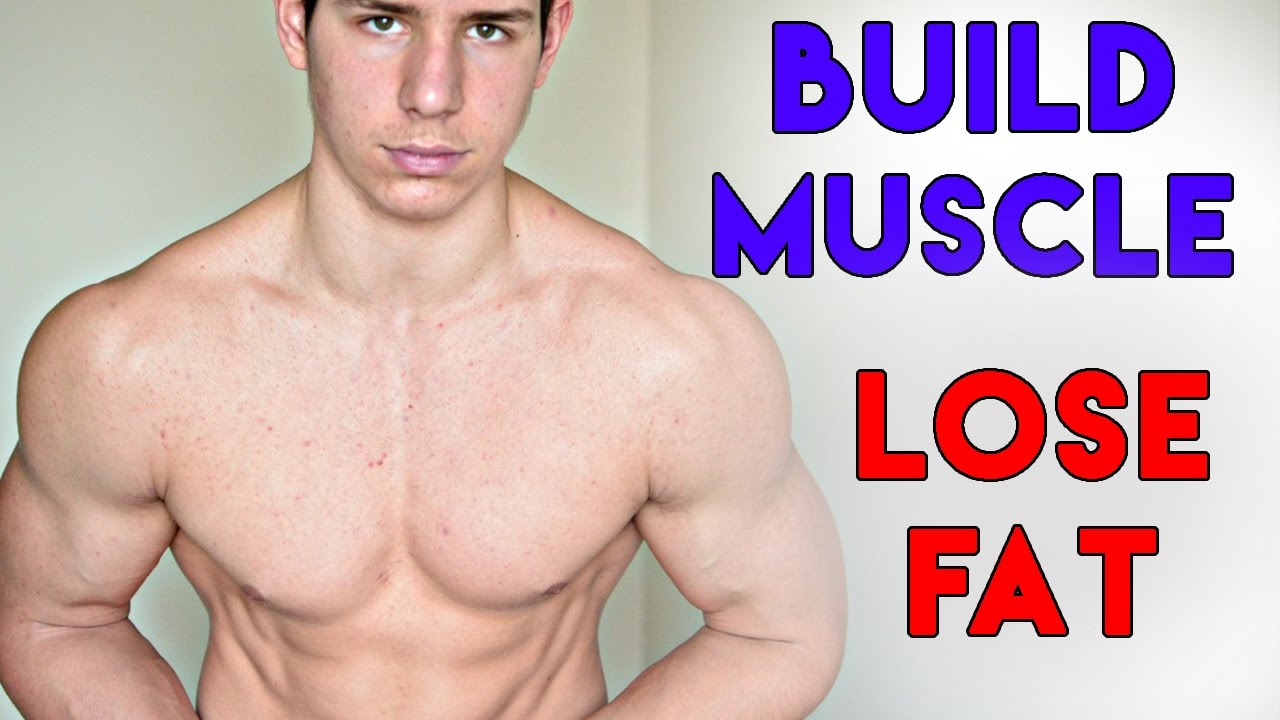
So, there you have it – your comprehensive guide to building strength and losing weight simultaneously. Remember, consistency is key. Don’t get discouraged by slow progress; celebrate the small victories, and remember that even superheroes need rest days. This isn’t just about physical transformation; it’s about building a healthier, happier you. Now go forth and conquer those fitness goals! You’ve got this!
